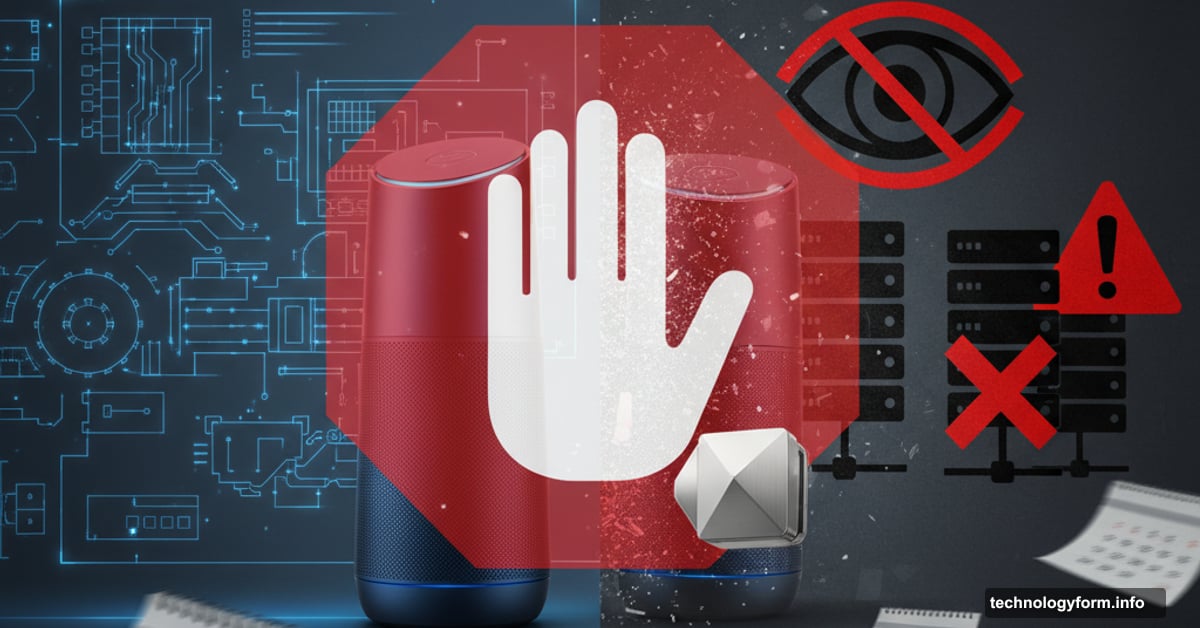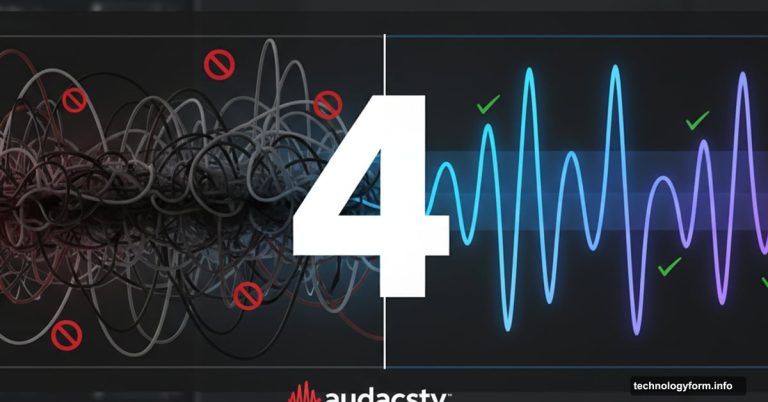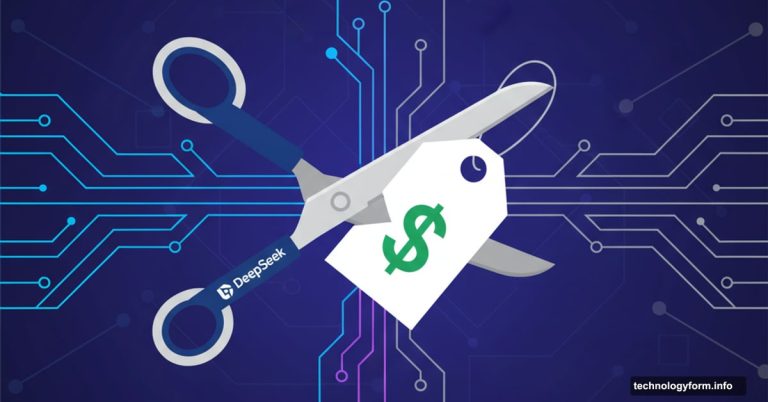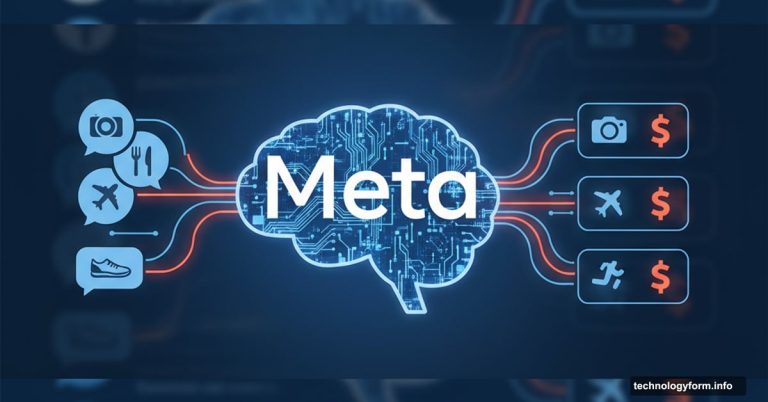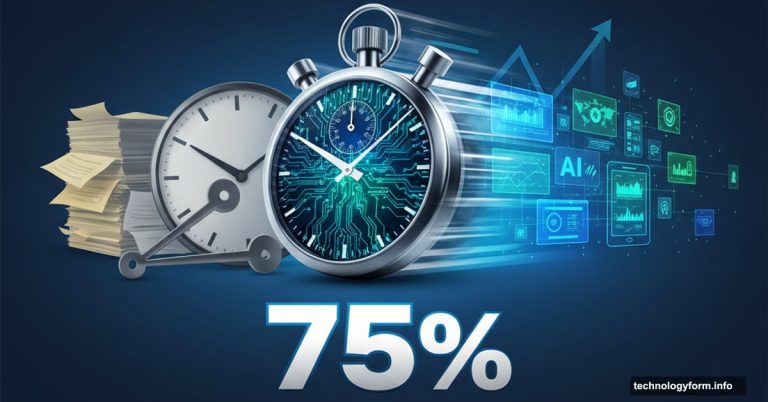OpenAI’s AI Device Hit a Wall. Launch Might Not Happen
OpenAI and legendary Apple designer Jony Ive are building something ambitious. An AI device that learns, adapts, and fits into your life like a real assistant.
But the project just ran into serious problems. Technical issues could push the launch past next year. Maybe longer.
Let’s break down what’s going wrong and why this matters for anyone waiting on the next big AI gadget.
The Personality Problem Nobody Solved
Creating hardware is hard. Creating an AI personality? Turns out that’s even harder.
OpenAI wants the assistant to feel helpful but not pushy. Friendly but not creepy. Smart but not condescending. According to sources, they’re aiming for “a friend who’s a computer who isn’t your weird AI girlfriend.”
That’s a narrow target. Too eager and it feels desperate. Too distant and it’s just another Siri. Too opinionated and people get annoyed.
Plus, the assistant needs to work for everyone. Your preferences differ from mine. What feels helpful to you might feel intrusive to someone else. So the AI needs to adapt its personality based on individual users.
Nobody’s cracked this yet. Not Google with Nest. Not Amazon with Alexa. And apparently not OpenAI either.
Privacy Concerns Keep Growing
Here’s where things get really complicated. The device stays on all the time. It watches through cameras. It listens through microphones. It builds a memory of your environment.
That’s necessary for the AI to work properly. But it’s also deeply invasive.
Meta’s Ray-Ban smart glasses light up when recording. People can see them and know they’re being filmed. But OpenAI’s device might be a pin or necklace. Small. Discreet. Always recording.
How do you make that feel safe? How do you convince people to trust a device that constantly monitors their lives? What happens to all that data?
OpenAI hasn’t answered these questions yet. Neither has anyone else in the industry. So the project sits in limbo while they figure out privacy protections that actually work.
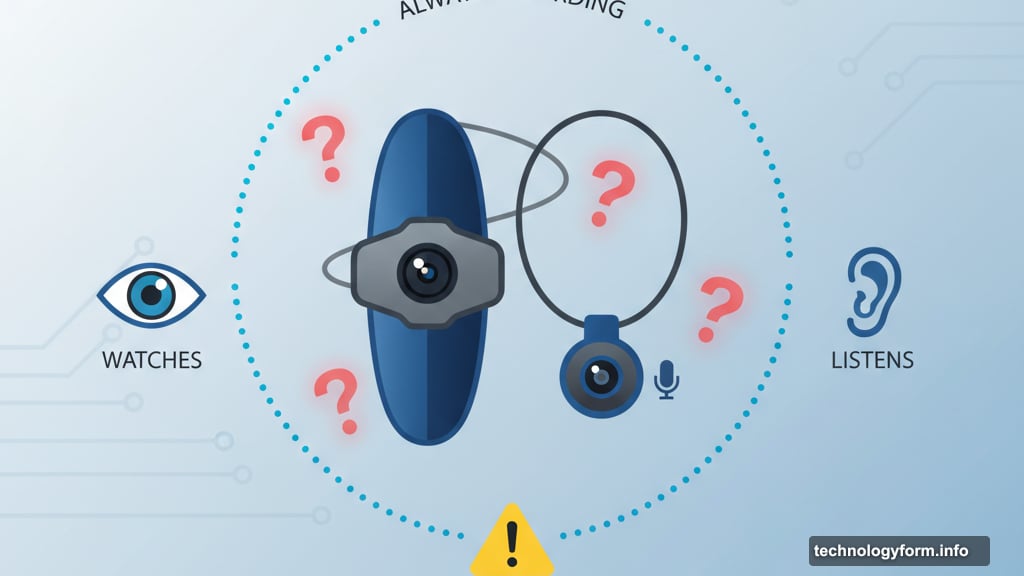
The Infrastructure Just Isn’t There
Even if OpenAI solves personality and privacy, they face another massive problem. Scale.
ChatGPT already strains OpenAI’s computing resources. People involved with the project say the company struggles to provide enough power for current demand. Now imagine millions of devices running 24/7, processing constant streams of audio and video data.
The infrastructure can’t handle it. Not yet.
Amazon built their own cloud platform for Alexa. Google did the same for Nest. But OpenAI doesn’t have a proprietary cloud infrastructure. They’d need to build one from scratch or partner with existing providers.
Both options take time and money. Lots of both.
What the Device Actually Is
OpenAI and Ive’s design studio, LoveFrom, are targeting several form factors. Smart speakers without screens. Digital voice recorders. Wearable pins.
One version reportedly runs about smartphone-size but has no display. Just camera, microphone, and speaker. The device collects environmental data constantly to build the AI’s memory. It’s designed for both stationary and mobile use.
The inspiration comes from the movie “Her.” An AI assistant that feels like a real conversation partner. Something that actively helps with tasks and decisions, not just responds to commands.
That’s the vision. But visions don’t ship products.
Manufacturing Plans Move Forward Anyway
Despite the technical issues, OpenAI is working with Chinese contract manufacturers like Luxshare. Final assembly might happen outside China, though details remain unclear.
The Financial Times reports OpenAI recruited over 20 former Apple employees. These aren’t random hires. They come from product design, audio engineering, camera systems, and manufacturing. The team also includes former Meta employees who worked on AR and VR.
In May, OpenAI acquired Ive’s company for about $6.5 billion. That’s a massive investment in hardware ambitions. So the project isn’t going away.
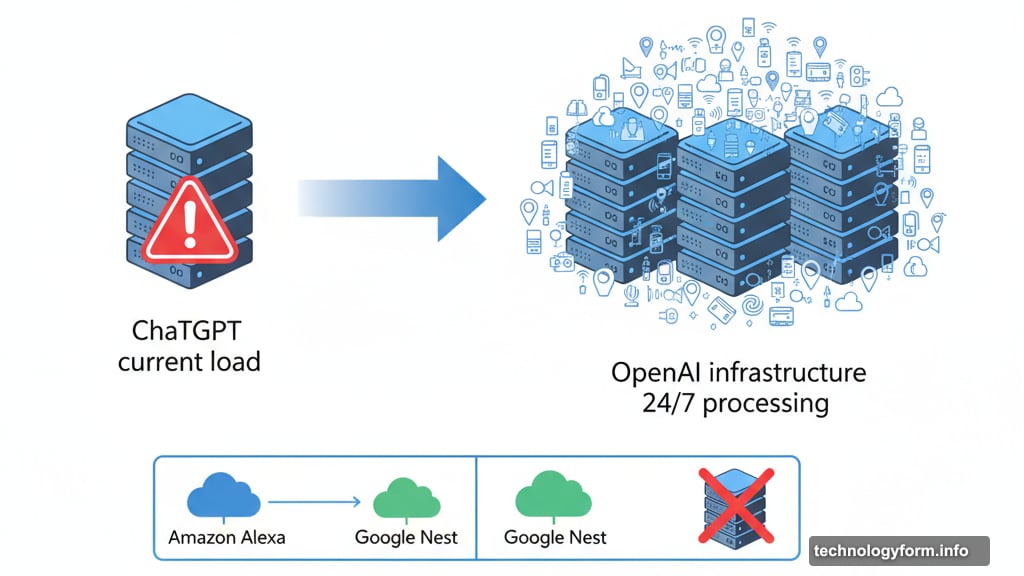
But money doesn’t solve technical problems automatically. Especially when those problems involve software, privacy, and infrastructure all at once.
Why This Matters Beyond OpenAI
This isn’t just about one company’s product delays. The challenges OpenAI faces represent fundamental problems with AI hardware.
Every company trying to build always-on AI devices hits the same walls. Personality design. Privacy concerns. Infrastructure limits. These aren’t OpenAI-specific issues. They’re industry-wide barriers.
So if OpenAI can’t solve them despite talent, funding, and Jony Ive’s design expertise, who can? Maybe nobody right now.
That suggests AI hardware might take longer to mature than anyone expected. The hype promised AI assistants everywhere by 2025. Reality says we’re still years away from devices that actually work as advertised.
The Timeline Keeps Slipping
OpenAI originally targeted a launch next year. That timeline now looks optimistic. Sources say ongoing issues could cause significant delays.
Neither OpenAI nor LoveFrom would comment on the project. That silence speaks volumes. Companies usually stay quiet when things aren’t going according to plan.
So when will this device actually ship? Hard to say. Maybe 2026. Maybe later. Maybe it pivots into something completely different.
Right now, the only certainty is uncertainty. OpenAI built something ambitious. But ambition doesn’t guarantee success.
The AI device market is littered with failed attempts. Rabbit R1 flopped. Humane’s AI Pin bombed. Even established players like Amazon struggle to make Alexa profitable.
OpenAI might crack the code. But based on these reports, don’t hold your breath.
